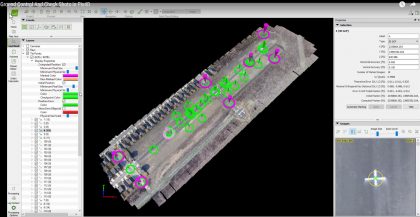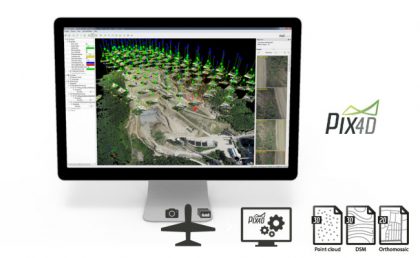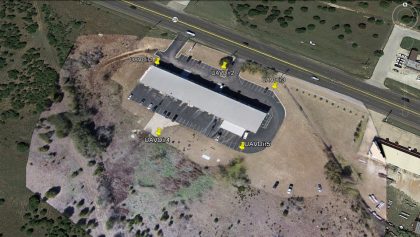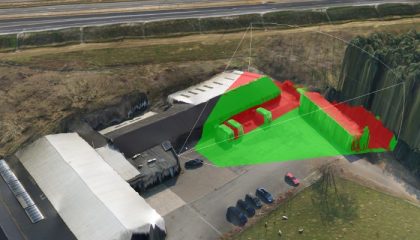Vertical Aspect – Interview in AAPG Explorer Magazine
Vertical Aspect was recently interviewed by the AAPG (American Association of Petroleum Geologists) trade publication “Explorer”. The article refers to automation in drone technology: Regulatory Hurdles, Effects on the Workplace, Technological Limitations… Read More







